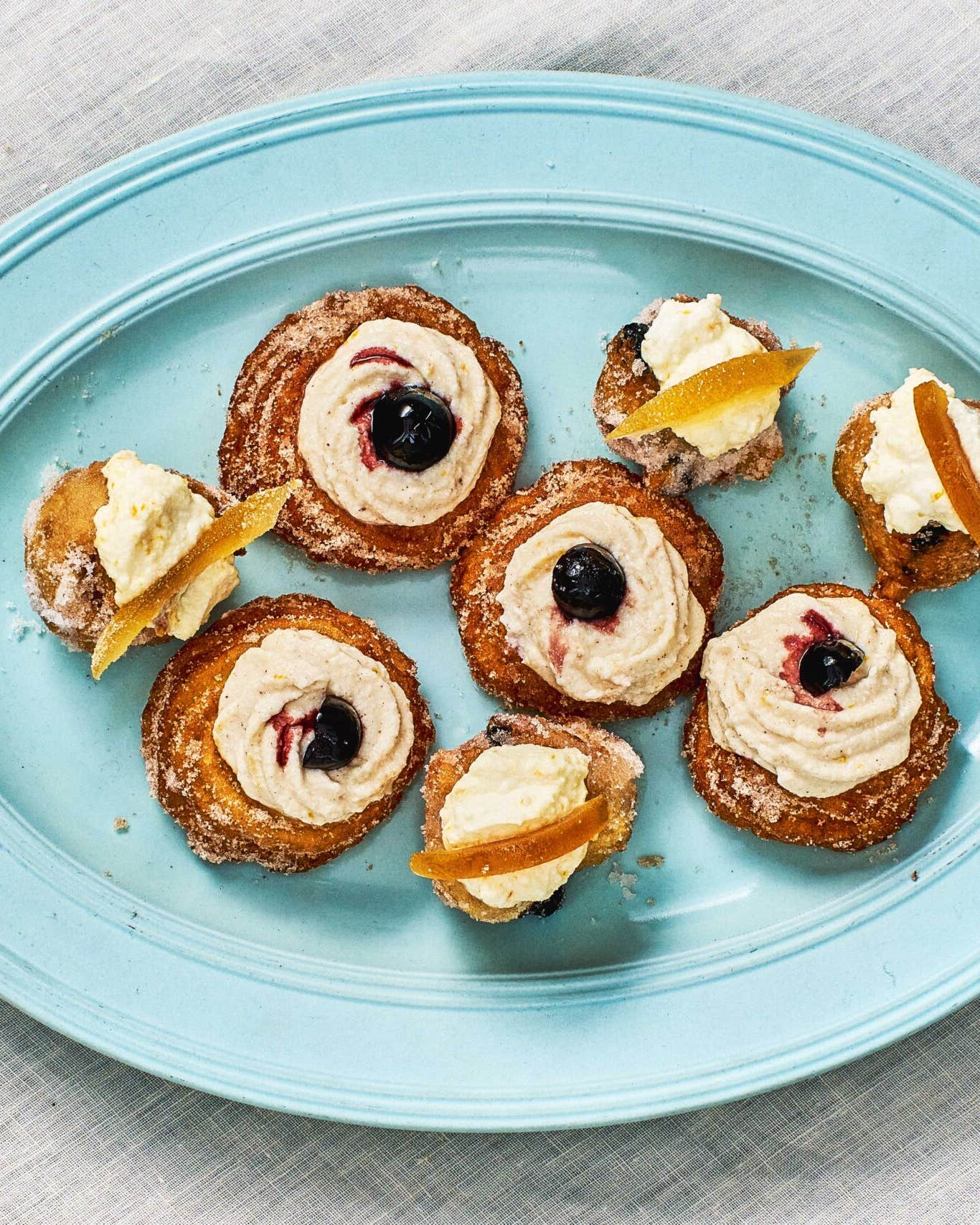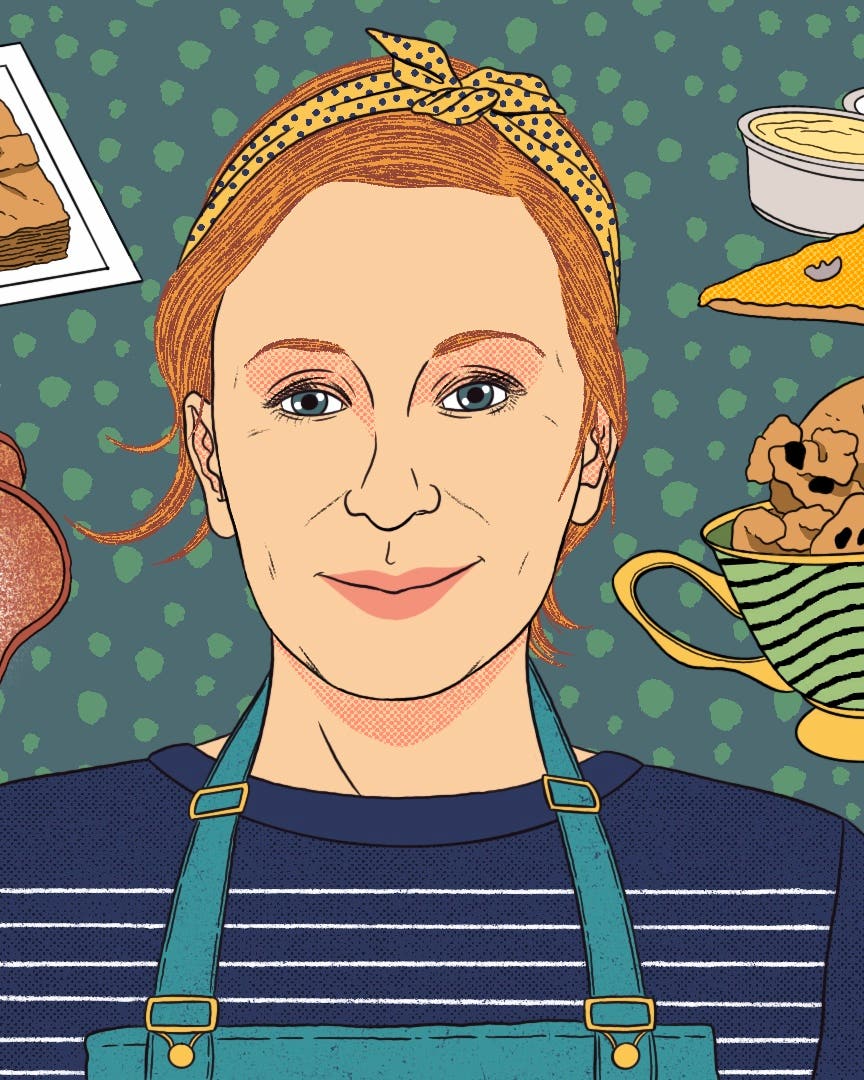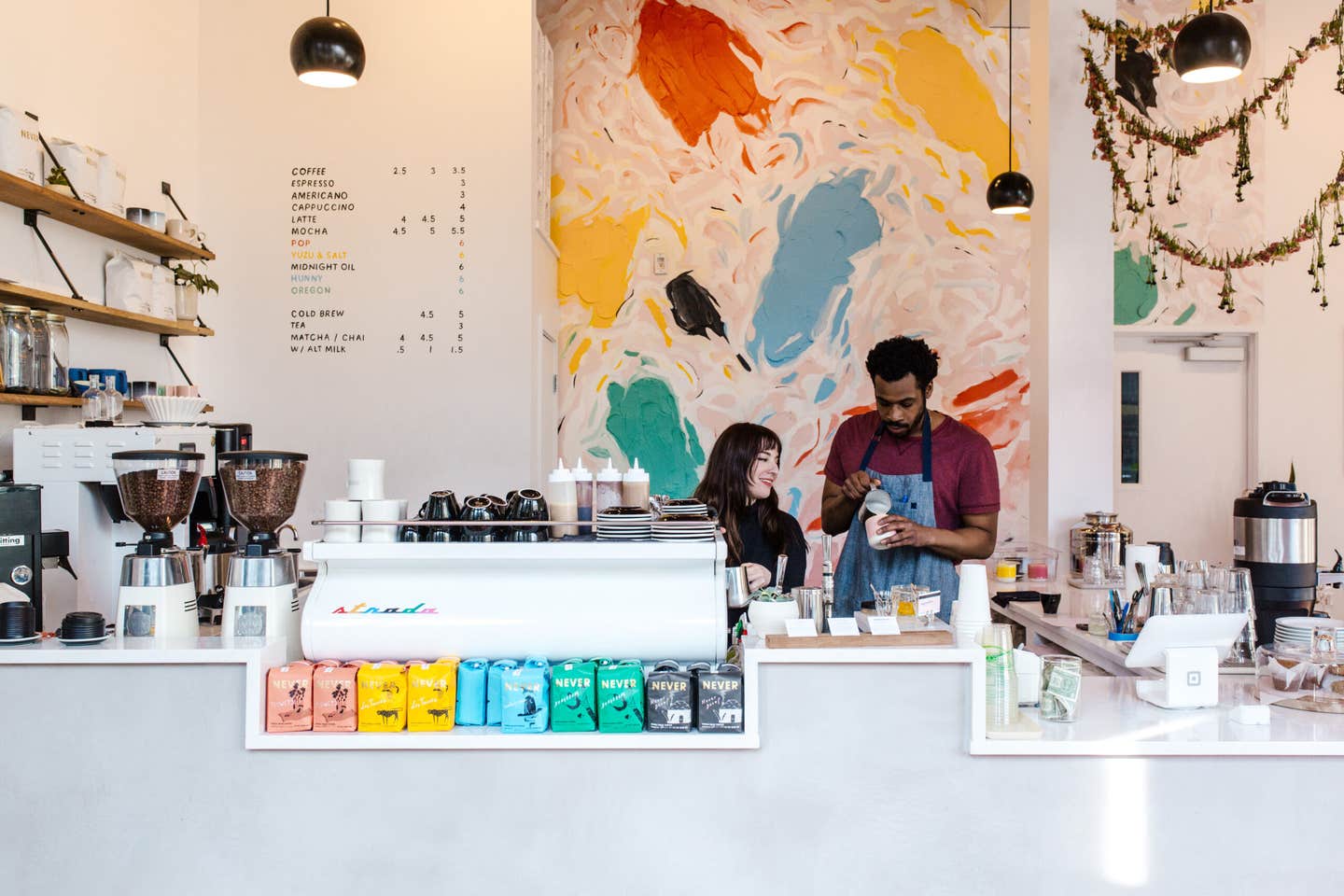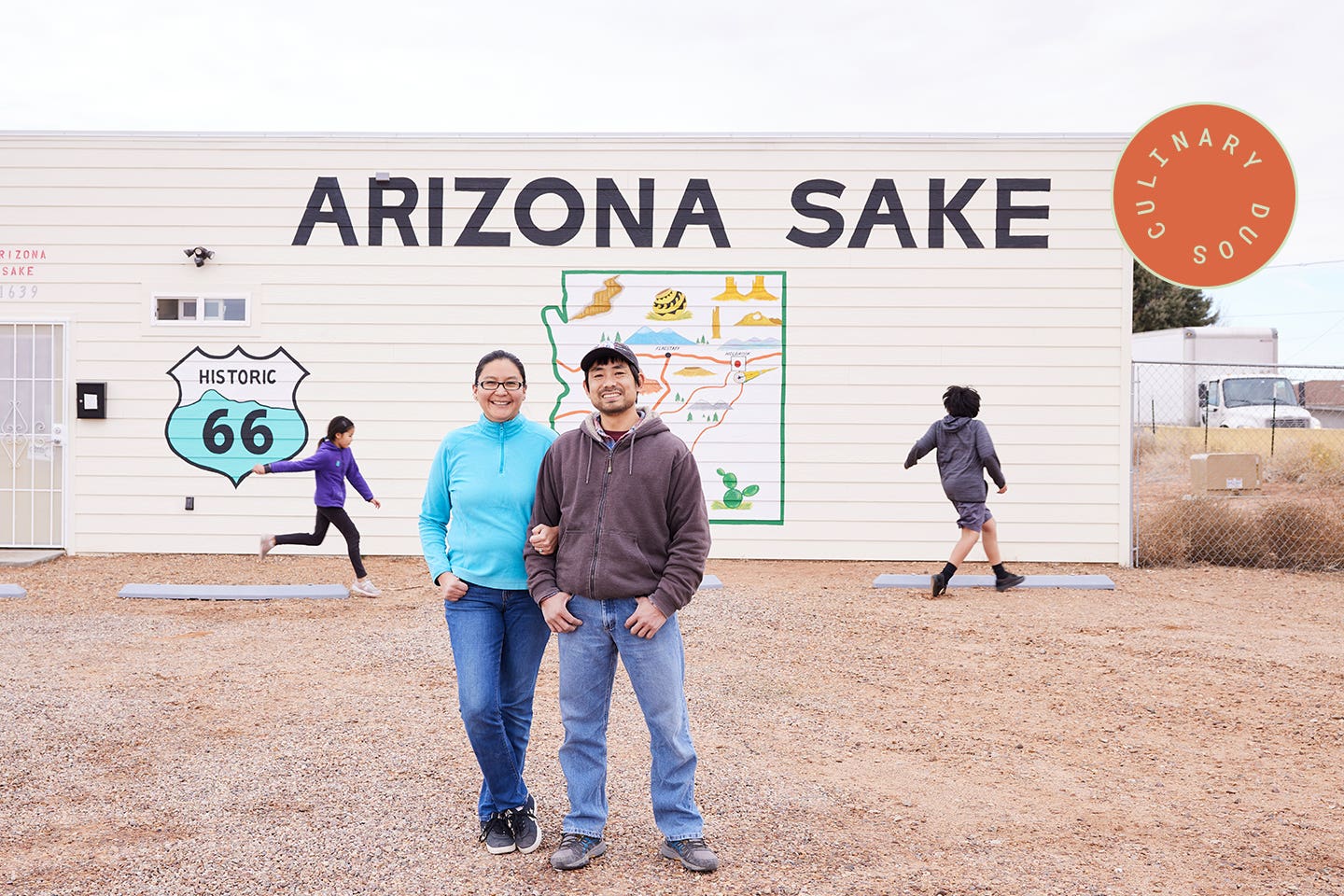
The Sake Maker Brewing Award-Winning Drinks… In The Arizona Desert
His Junmai Ginjo was deemed the best outside of Japan.
Like the alchemy of acid and fat, the balance of sweet and salty, and the classic pairing of peanut butter and jelly, two is so often better than one in the world of food. This is Culinary Duos, a series by senior culture editor Megan Zhang spotlighting dynamic pairs—from couples to siblings to friends—whose partnerships produce flavor-filled magic.
Growing up in Japan, Atsuo Sakurai had never heard of Holbrook, Arizona, nor did he know he would one day move to the United States. He was more focused on starting his own brewery, a dream he nurtured while working in sake factories. But fate intervened when he met and fell in love with an American woman named Heather who was living in Japan teaching English. After the two married in 2009, they decided to settle in the U.S.
The couple first landed in Seattle, where Sakurai hoped to open a sake brewery in the Pacific Northwest. But they knew few people in the area, and with little support system, Sakurai said he felt "like a stranger." Still, he persisted—until fate stepped in once again in 2015, when he and his family took a short trip to Arizona, where Heather had been born and raised. One day during the visit, he happened to sit down on a park bench next to a stranger, and the two got to talking while they watched their children play. When Sakurai casually mentioned his dream of opening a brewery, "He questioned me, 'Why not do it here?'" Sakurai recalls.
The stranger's offhand remark gave life to a possibility that Sakurai admits he had been avoiding at the time—that maybe his dream might find wings and take flight in this most unlikely of settings. Soon after, the couple and their three children relocated to Heather's hometown of Holbrook, a quiet northern desert city of approximately 5,000.
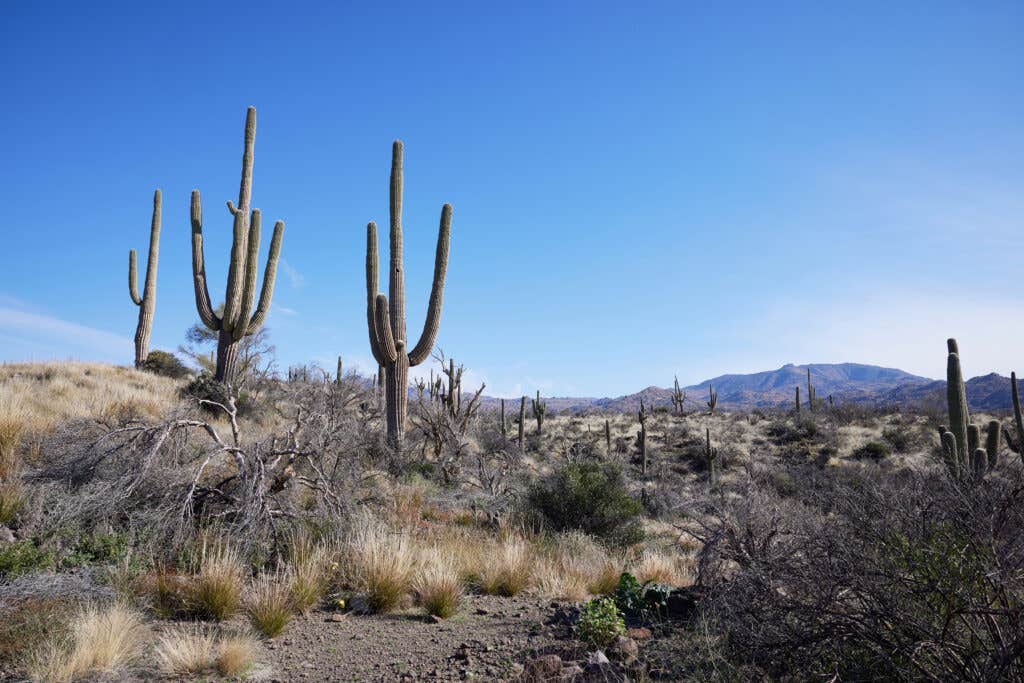
Sakurai named his business Arizona Sake and, in January 2017, began brewing batches in his garage. It didn't take long for him to realize that the dry climate was an unexpected gift. "Super dry means less [risk of] contamination," Sakurai explains. "That condition makes sake production very pure." Four years on, Arizona Sake has collected multiple awards for its flagship Nama, a dry and slightly sweet Junmai Ginjo that Sakurai says carries notes of blueberry, pear, and peach, with a mildly bitter finish. In 2018, the brewery won the Tokyo Sake Competition’s gold medal for sake made outside of Japan. The following year, the Los Angeles International Wine Competition recognized Arizona Sake with another gold medal in the "best of class" category. “It was great—after all his hard work, to be recognized,” says Heather.
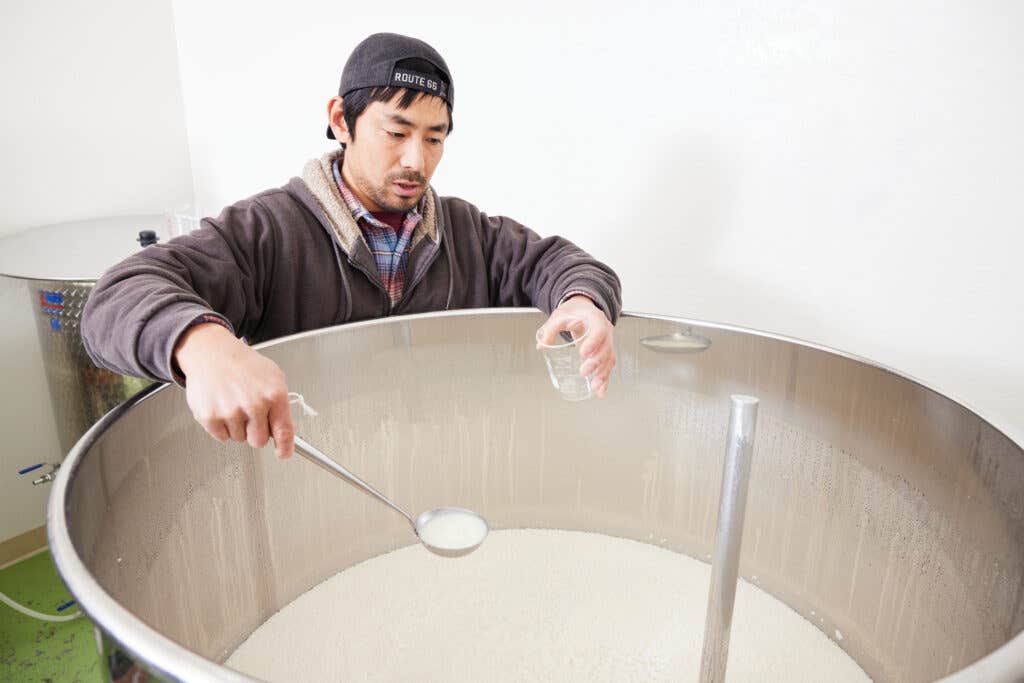
In Japan, sake production is standardized by rigid time-honored guidelines that Sakurai had to master in order to obtain his title of certified first-grade sake brewer. Today, he honors and adheres to these traditions while simultaneously nudging their boundaries, infusing his creations with essences of his adopted country through local water and premium California-grown rice. One of his brews even features Navajo tea, the herb known as greenthread (Thelesperma) that's commonly enjoyed by the Navajo Native American community, of which Heather and her family are members. When his father-in-law suggested incorporating the ingredient into a sake, Sakurai was immediately inspired by the idea of merging his passion with his wife's ancestral heritage. Creating a brew with Navajo tea felt like the perfect way to pay homage to their life in Holbrook. "It grows on the Arizona soil, with Arizona sunshine," Sakurai says. "It is a condensation of Arizona, I think."
“He blended us together,” says Heather. “He took something from my culture and put it with his, and he made it taste really good.”
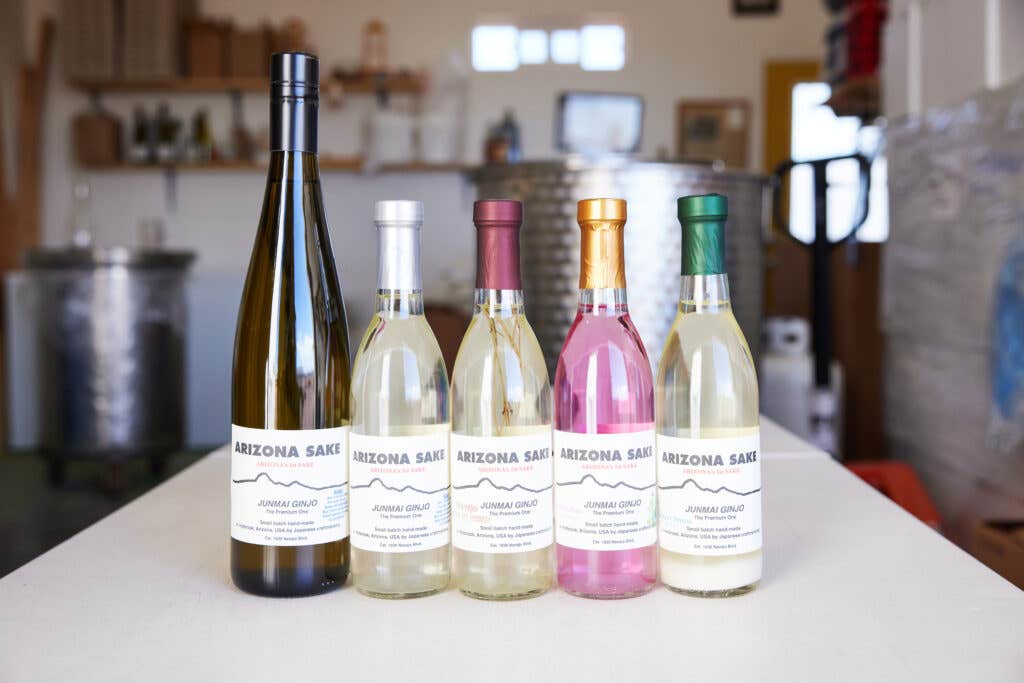
Arizona Sake is part of a wave of small American-grown sake operations that, until recent years, were more or less nonexistent. Now, many new breweries are opening up, putting their singular spins on the beverage. "We're having an incredible period of time in sake brewing, where people are doing some really amazing, innovative things," says Alyssa DiPasquale, owner and host of The Koji Club, a virtual pop-up that curates sake and explores the stories behind the bottles. Brooklyn Kura in New York dry-hops a Junmai Ginjo to produce a brew slightly reminiscent of an IPA. Ben's American Sake in North Carolina sells sake blends in cans, incorporating ingredients like chai masala spices and juiced jalapeños. "American brewers are really experimental," adds DiPasquale. "And the more people who do it means the more innovation."
For Sakurai, that innovation must manifest from a foundation of traditional procedures. His process is an intricate undertaking that involves soaking and steaming rice, preparing koji (a variety of fungus also used in Japanese culture to make soy sauce and miso), and combining both with yeast before leaving the mixture to ferment. It then gets pressed and filtered, bottled and labeled, and finally, shipped. From start to finish, each batch of 1,000 bottles takes Sakurai three months to produce. Most go to liquor stores and restaurants—largely in Arizona, but also California, Hawaii, and Nebraska. “It was so crisp and so clear and fruit-forward,” says Kirsten McLaren, the manager of Wine & Rock Shop in California's Yucca Valley, recalling her first taste of Arizona Sake Nama. “Everything was harmonized and worked really well together.”
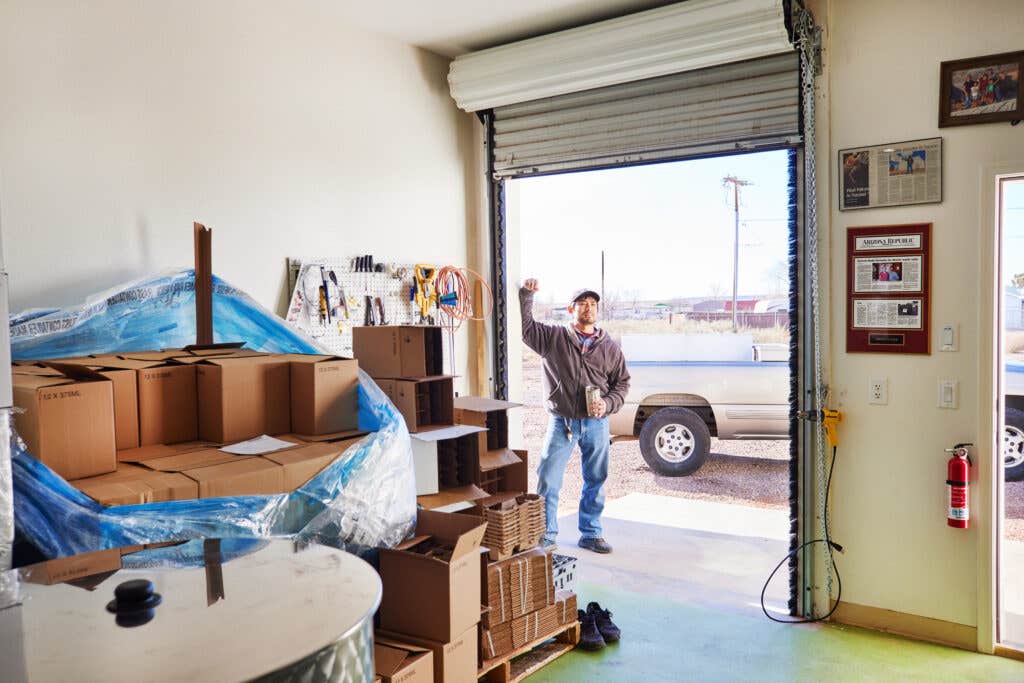
Small business owners are enthusiastic about supporting a fellow maker, especially in Arizona. Cat Bunnag, chef and co-owner of Glai Baan, a Thai restaurant in Phoenix that features Sakurai’s sake on its menu, related to Sakurai's immigrant story of building a brand from scratch; Glai Baan specializes in street-food dishes from Bunnag’s native Bangkok. She also loved the flavor of his sake and its versatility for food pairings. "You can open one bottle, and have all these small plates and different flavors," she says. "And still it's really good with almost everything."
Maxwell Berlin, who runs the bar at Glai Baan, attributes sake's obliging temperament to its nuanced taste. "It has such a beautifully crisp, delicate rice flavor," he says. Though diners might not expect to see sake on the drink menu at a Thai restaurant, Berlin notes that one meal usually convinces them of the pair's compatibility. The wide variety of spicy, sweet, and sour aromas in Thai cooking call for a beverage like sake that is "very refreshing and kind of cleanses your palate," he explains.
Among enthusiasts, sake's ability to seamlessly accommodate a broad range of flavors and dishes is well known. "Sake is really supportive, a very good cheerleader for food,” says DiPasquale. Sakurai himself offers a pairing idea that may surprise some: "I think cheese is really good with my sake," he tells me.
Though sake exports to the U.S. have multiplied in the last few years, “breweries outside of Japan are still very rare,” says Sakurai. The total number of sake breweries in the U.S. still hovers around 20. Novelty, though, isn't the only factor drawing customers to try artisan sakes such as Sakurai’s. The proliferation of craft brews and natural wine has brought into focus the creativity, diligence, and entrepreneurial spirit behind many small alcohol operations. Not only are drinkers and distributors paying more attention to quality of ingredients, these days they also want to know who is producing the beverages, Sakurai observes.
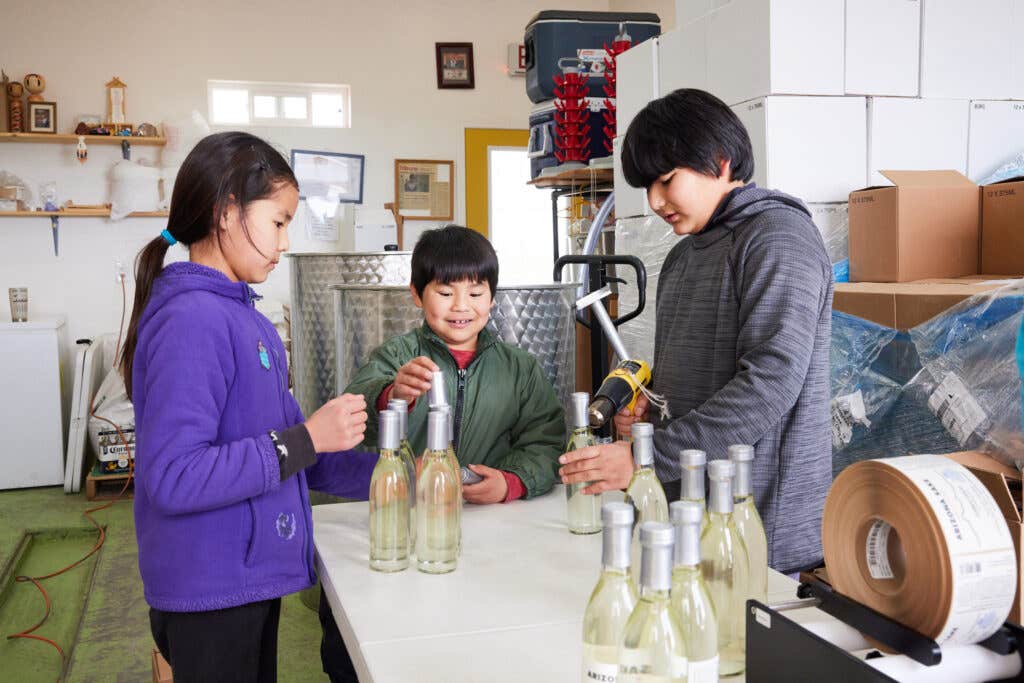
It’s this personal connection—getting to share his love of sake with new customers and to work with people in the food-and-beverage industry who supported his dream—that Sakurai enjoys most. Though Arizona Sake expanded into a brewing facility near his home in 2019 and now ships out of state, most bottles can still only be found in Arizona. He drives around to hand-distribute them to restaurants, bars, and liquor stores, keeping the sake chilled during the journey in well-insulated cooler boxes he constructs by hand.
Sakurai doesn’t describe his work as artistic or game-changing, nor does he dream of expansion or industry disruption. For him, adopting domestic elements such as rice from California and Navajo tea from Arizona simply results in a more interesting brewing experience, as well as a more unique product that proudly wears its production locale on its sleeve. "If I get perfect rice from Japan, people will say it's good sake," he explains. "But I want to use U.S. materials and then make good sake."
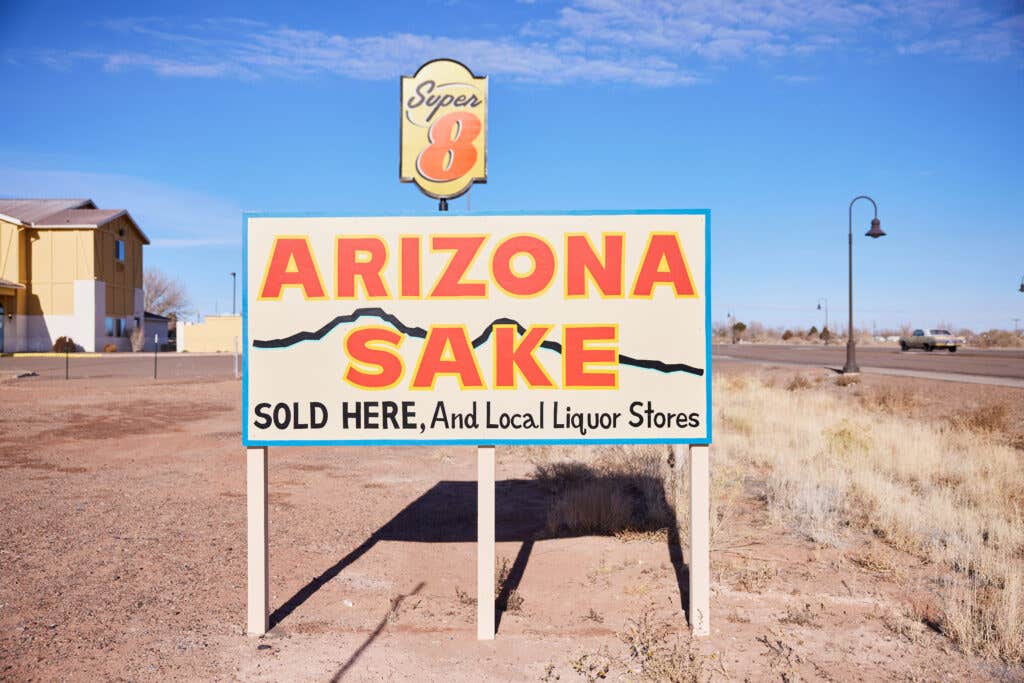
Finding unconventional inspiration in his desert surroundings, Sakurai is also brewing a quiet dialogue, one that invites people of all cultural backgrounds to become acquainted with the pleasures of the Japanese drink.
“[What drives him is] his love of sake, and knowing that his sake is used for celebration, like at weddings,” says Heather. “We’re in Holbrook. Nobody really comes by. But now people stop for Arizona Sake.”
Keep Reading
Continue to Next Story







